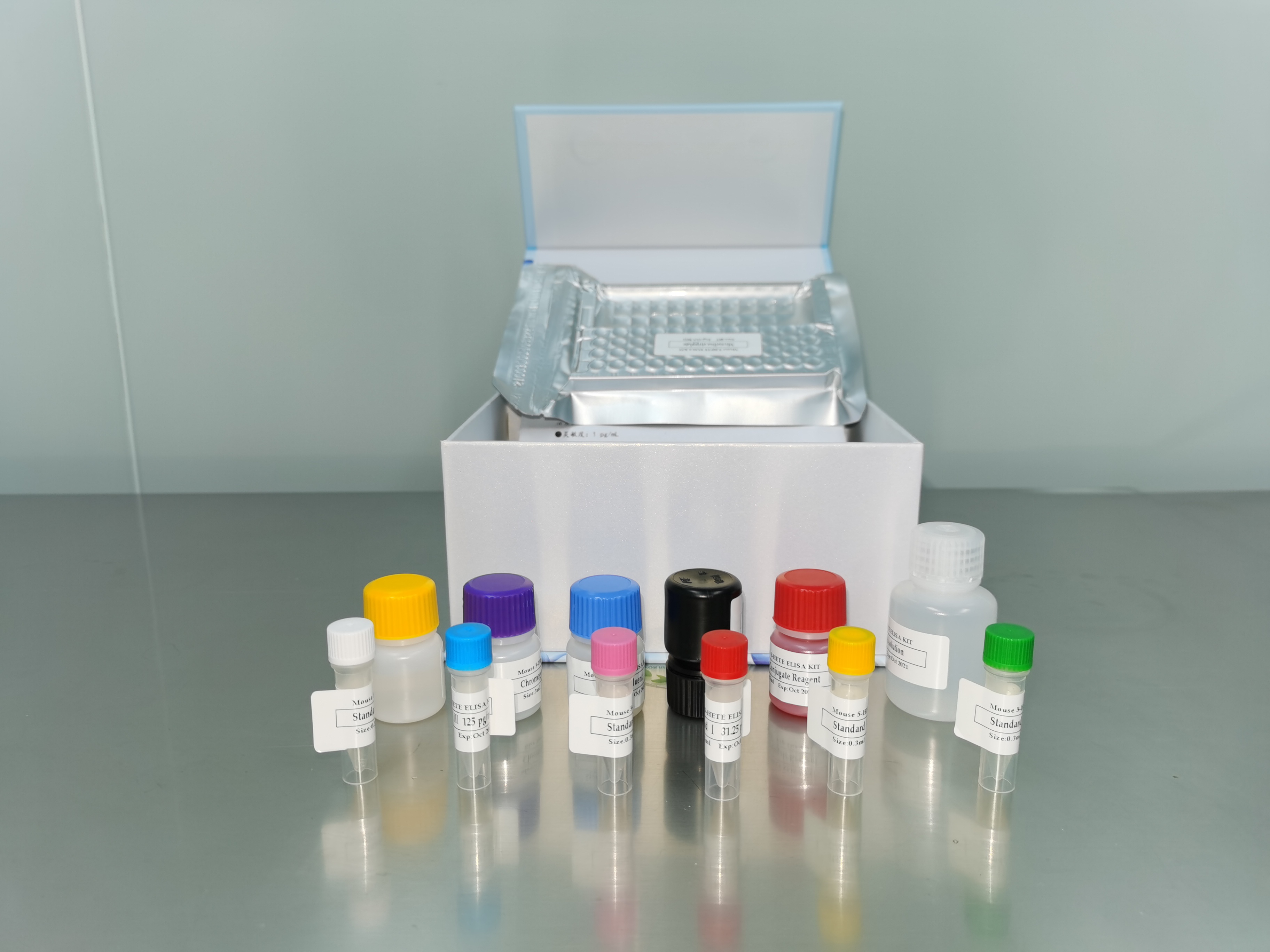-
Harvest the cells from a culture that is at or near peak density by centrifuging at 650 x g for 5 minutes.
-
If the cell concentration exceeds the required level do not centrifuge, but adjust the concentration to 2 x 106 cells/mL with fresh medium.xa0 If the concentration is too low, centrifuge at 650 x g for 5 min and resuspend the pellet in the volume of fresh medium required to yield the desired concentration.
-
While cells are centrifuging prepare a 20% (v/v) solution of sterile DMSO as follows: Add the required volume of DMSO to a glass screw-capped test tube and place it in an ice bath.xa0 Allow the DMSO to solidify.xa0 Add the required volume of refrigerated medium.xa0 Dissolve the DMSO by inverting the tube several times.xa0
*NOTE: If the DMSO solution is not prepared on ice, an exothermic reaction will occur that may precipitate certain components of the medium.
-
Mix the cell preparation and the DMSO in equal portions. Thus, the final concentration will equal 1 x 106 cells/mL and 10% (v/v) DMSO. The time from the mixing of the cell preparation and DMSO stock solution to the start of the freezing process should be no less than 15 min and no longer than 30 min.
-
Dispense in 0.5 mL aliquots into 1.0 - 2.0 mL sterile plastic screw-capped cryules (special plastic vials for cryopreservation).
-
Place vials in a controlled rate freezing unit. From room temperature cool at -1°C/min to -40°C. If freezing unit can compensate for the heat of fusion, maintain rate at -1°C/min through heat of fusion. At -40°C plunge ampules into liquid nitrogen.xa0xa0 Alternatively, place the vials in a Nalgene 1°C freezing apparatus.xa0 Place the apparatus at -80°C for 1.5 to 2 hours and then plunge ampules into liquid nitrogen.xa0 (The cooling rate in this apparatus is approximately -1°C/min.)
-
The frozen preparations are stored in either the vapor or liquid phase of a nitrogen freezer.
-
To establish a culture from the frozen state add 0.5 mL bacterized ATCC medium 802 to the frozen ampule and place it in a 35°C water bath.xa0 Immerse the vial to a level just above the surface of the frozen material. Do not agitate the vial.
-
Immediately after thawing, do not leave in water bath, aseptically remove the contents of the ampule and inoculate onto the surface of a 20 x 100 mm petri plate containing ATCC medium 919 (non-nutrient agar) with an overlay of 15.0 mL bacterized ATCC medium 802.
-
Incubate at 25°C with the cap on loosely.
-
Once the culture is established, transfer 0.5 mL to a T-25 tissue culture flask containing 10.0 mL of ATCC medium 802 bacterized with Klebsiella pneumoniae subsp. pneumoniae (ATCC® 700831™) or Enterobacter aerogenes (ATCC® 13048™).
-
Incubate with the cap tightly sealed at 25°C.


